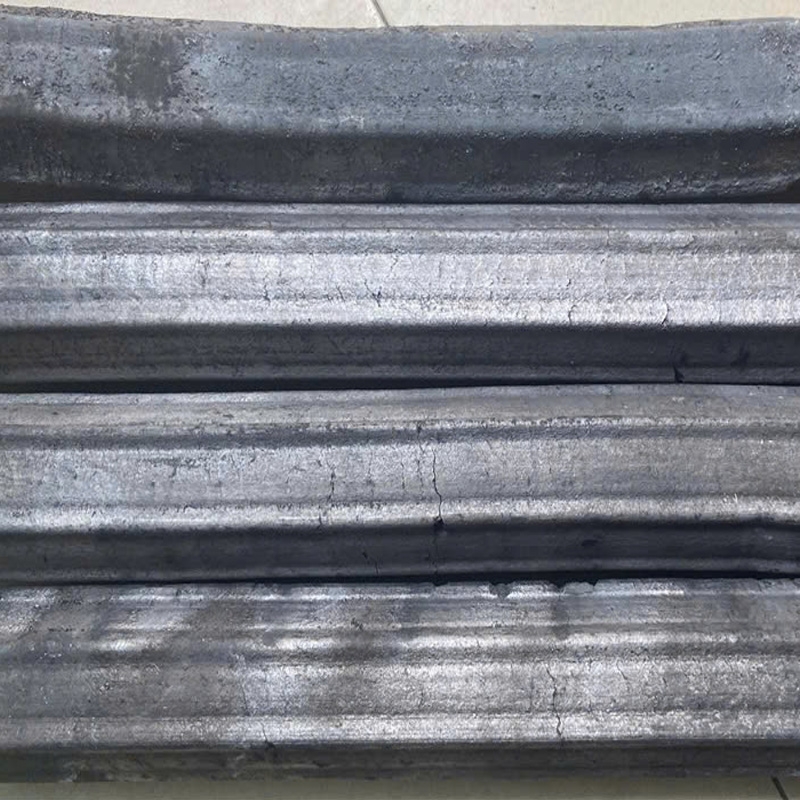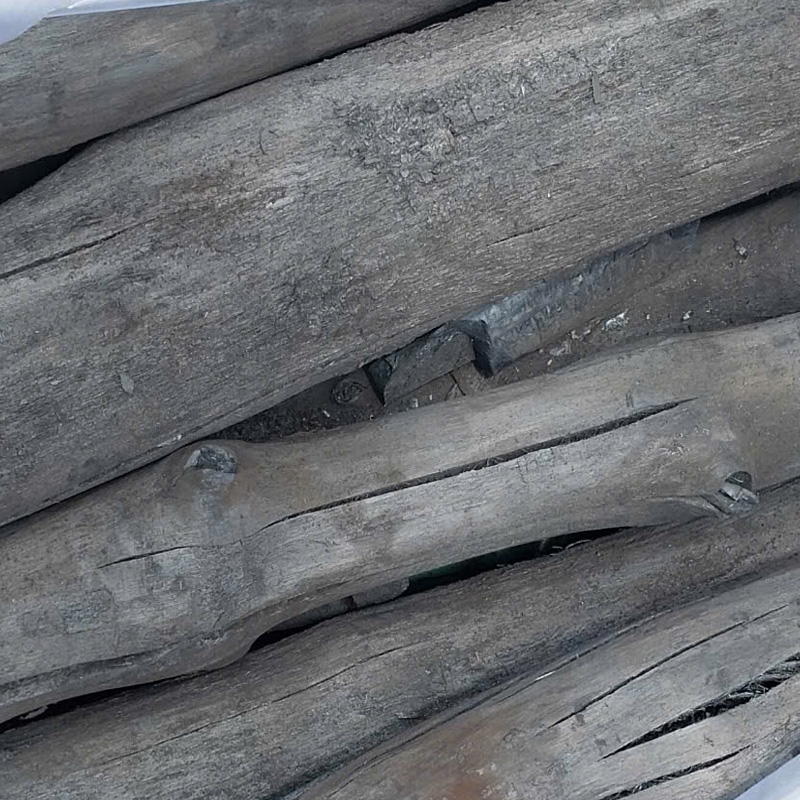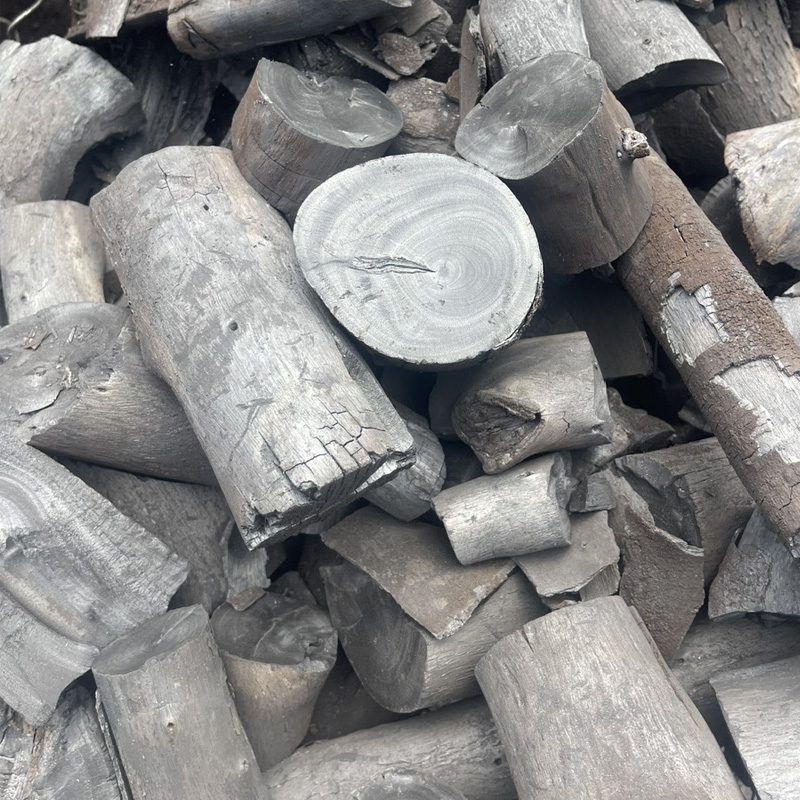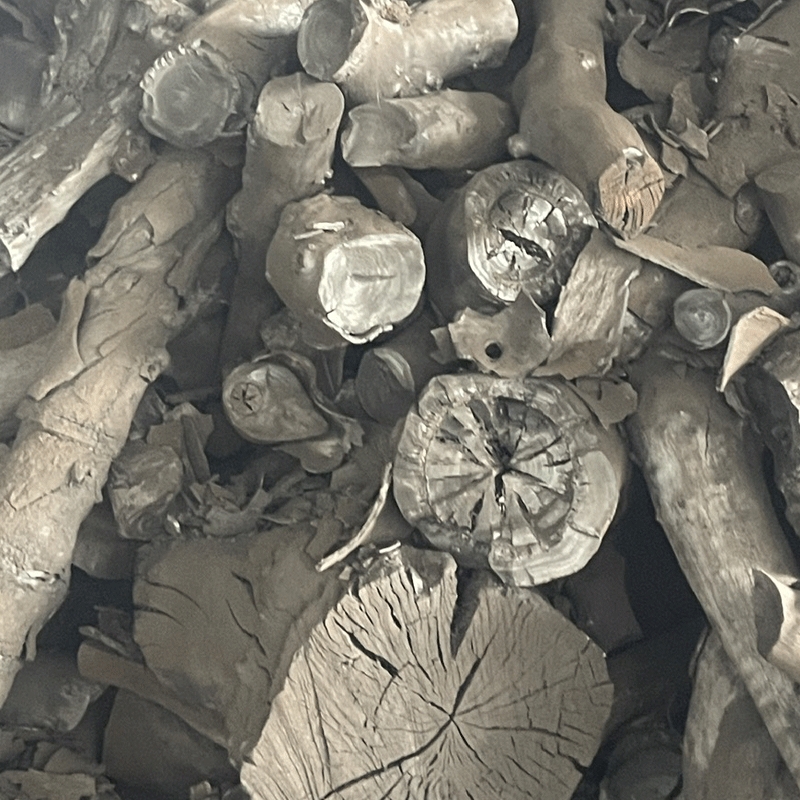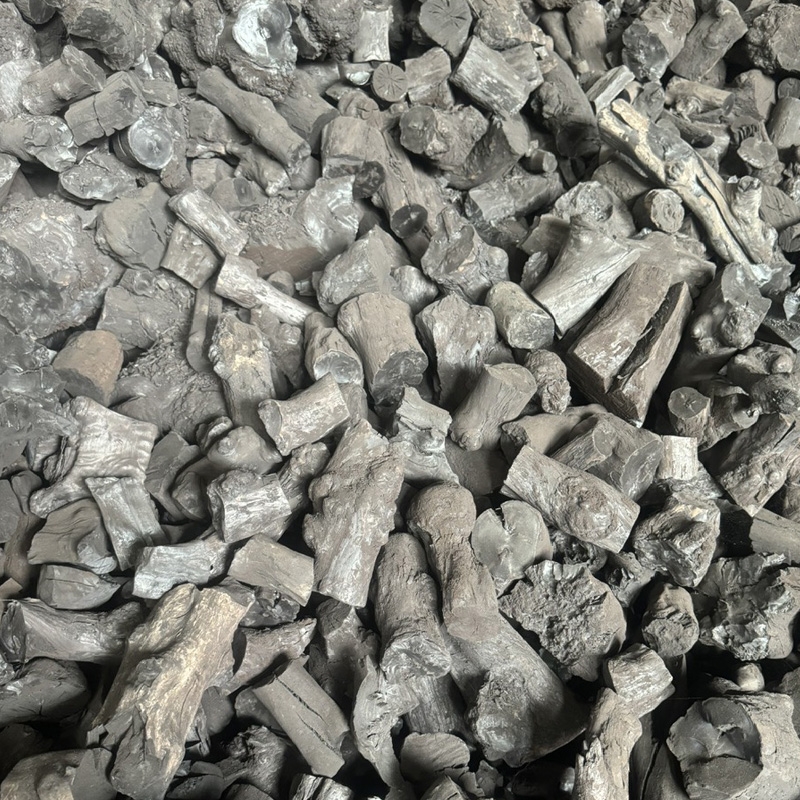Sawdust charcoal
3
VietNam
- Sawdust charcoal is made from 100% natural sawdust, compressed and carbonized in a low-oxygen environment to form dense, long-burning, and clean charcoal sticks. - Thanks to its high carbon content and low moisture, sawdust charcoal ignites quickly, burns steadily, emits no toxic smoke, and provides strong heat. - This eco-friendly biochar is a top choice for households, farms, and businesses using biomass boilers.
What is sawdust charcoal?
- Sawdust charcoal is a high-value biomass fuel made from dry sawdust. It is produced by compressing and carbonizing the material in a low-oxygen environment, resulting in dense, durable charcoal sticks.
- During this process, organic compounds break down thermally, producing charcoal with high carbon content, long burn time, and strong heat output.
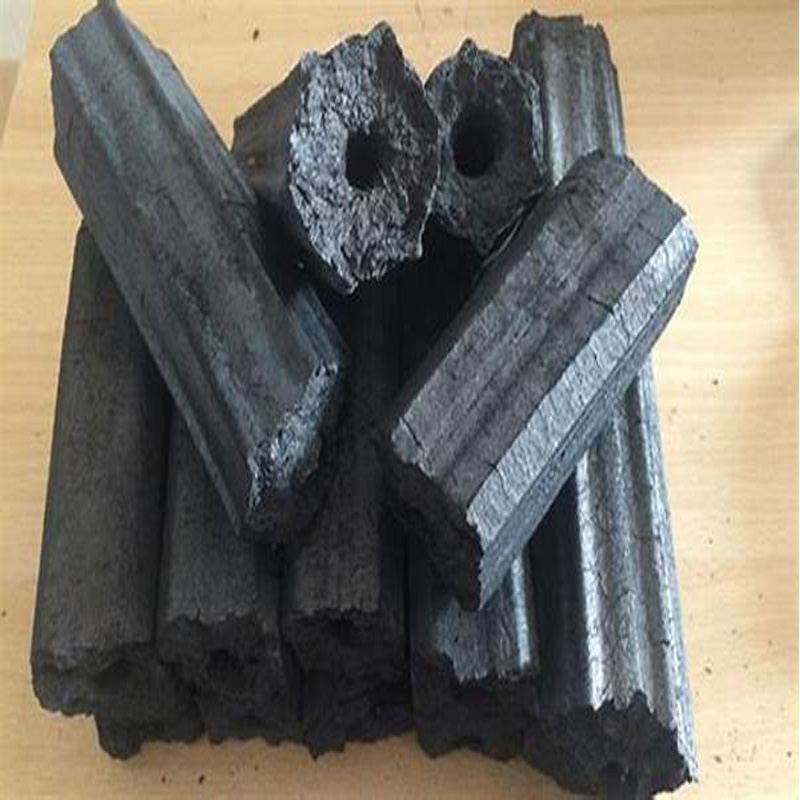
Basic characteristics of sawdust charcoal:
- Size: Typically sticks 10–30 cm long and 4–7 cm in diameter
- Moisture content: < 8%
- Recovered ash content: < 3%
- Calorific value: 6,800 – 7,500 Kcal/kg
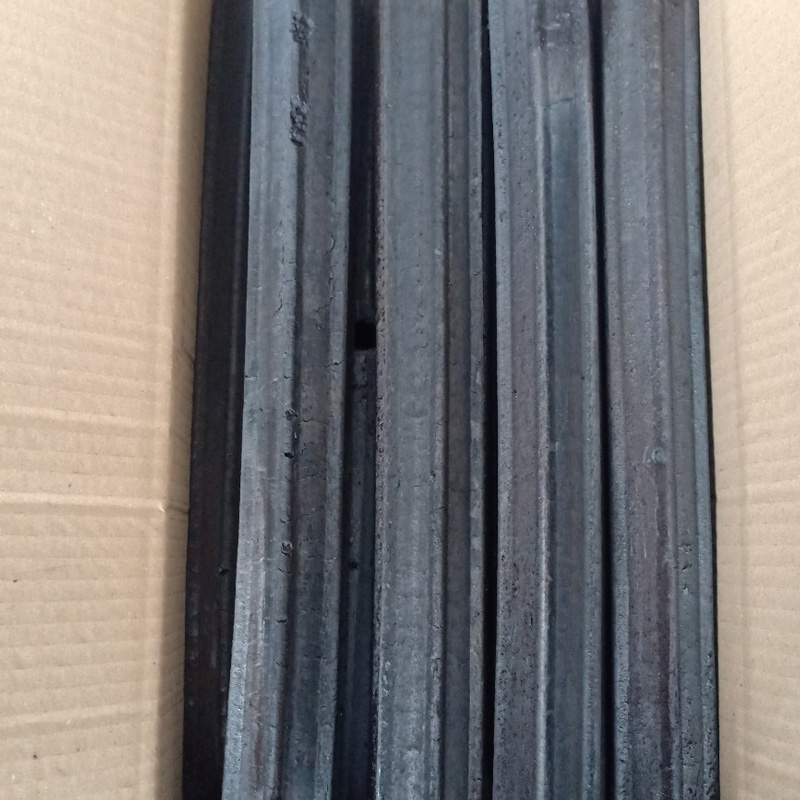
What is the efficiency of sawdust charcoal?
- Sawdust charcoal offers high and stable combustion efficiency, making it fuel-saving in biomass boilers or heating systems. With a lower cost than coal or gas, it helps businesses significantly cut fuel expenses.
- For example, using sawdust charcoal instead of gas for heating or cooking can save up to 60–70% of fuel costs.
Applications in agricultural production
- Sawdust charcoal can be crushed and mixed with animal manure to create high-quality organic fertilizer. Additionally, its ash is used to improve soil fertility and structure.
- The charcoal's moisture-absorbing and deodorizing properties also make it useful as bedding in livestock farms, helping maintain hygiene and reduce odors.
Use for domestic heating
- Sawdust charcoal burns slowly, produces little smoke and ash, making it ideal for barbecues, fireplaces, or home cooking.
- Using this charcoal helps protect health, reduce cleanup efforts, and lower indoor environmental pollution.
Some examples of industries using Sawdust charcoalare:
- Food processing plants (drying, sterilizing, cooking)
- Brick, ceramic, and pottery factories
- Wood drying and painting workshops
- Production facilities that require clean, stable, and low-cost heat.


